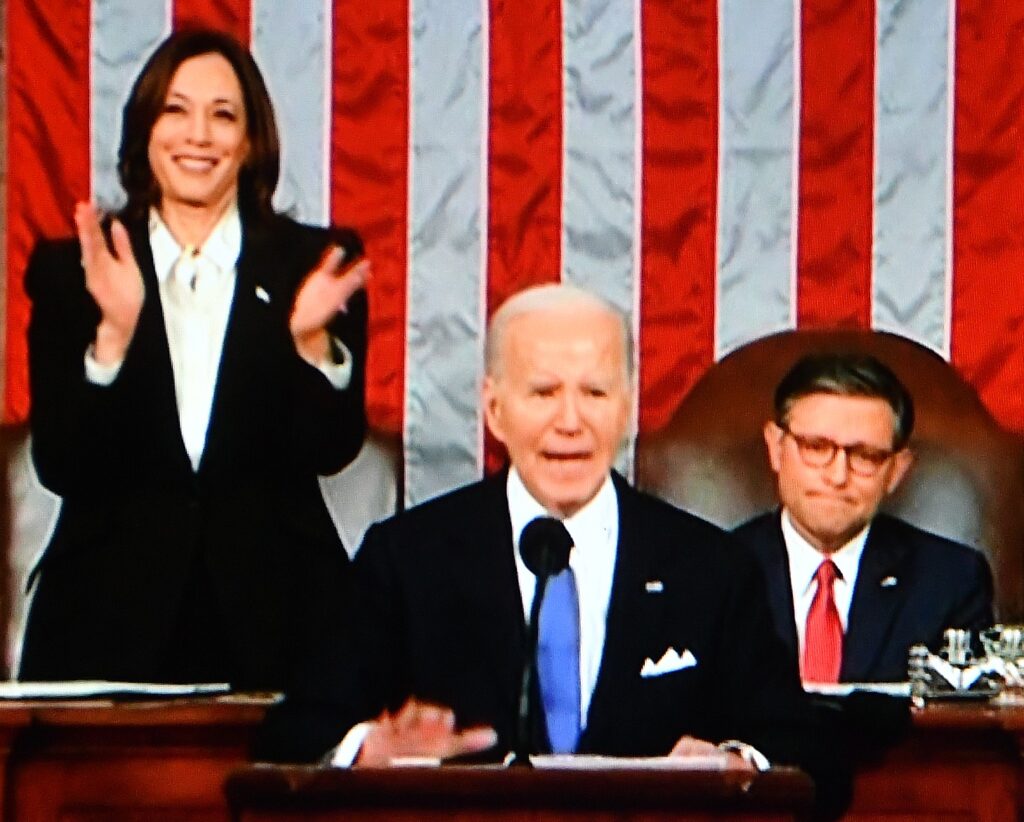
The Council of Economic Advisers under the leadership of Chair Jared Bernstein released the 2024 Economic Report of the President, the 78th report since the establishment of CEA in 1946. The 2024 Report brings economic evidence and data to bear on many of today’s most significant issues and questions in domestic and international economic policy:
Chapter 1, The Benefits of Full Employment, which is dedicated to the late Dr. William Spriggs, examines the labor market, distributional, and macroeconomic impacts of full employment, with a particular focus on the benefits for economically vulnerable groups of workers who are much more likely to be left behind in periods of weak labor markets.
Chapter 2, The Year in Review and the Years Ahead, describes macroeconomic and financial market trends in 2023 and presents the Federal government’s FY 2024 macroeconomic forecast.
Chapter 3, Population, Aging, and the Economy, explains how long-run trends in fertility and mortality are shaping the U.S. population and labor force.
Chapter 4, Increasing the Supply of Affordable Housing, explores the causes and consequences of the nation’s longstanding housing shortage and how the Biden-Harris administration’s policy agenda can significantly increase the production of more affordable housing.
Chapter 5, International Trade and Investment Flows, presents key facts about long-term trends in U.S. international trade and investment flows, including the role of global supply chains, and highlights the benefits and costs of global integration for American workers.
Chapter 6, Accelerating the Clean Energy Transition, applies a structural change framework to explain the factors that can accelerate the transition towards a clean energy economy.
Chapter 7, An Economic Framework for Understanding Artificial Intelligence, uses an economic framework to explore when, how, and why AI may be adopted, adapting standard economic models to explore AI’s potential effects on labor markets, while examining policy decisions that will affect social and macroeconomic outcomes.

